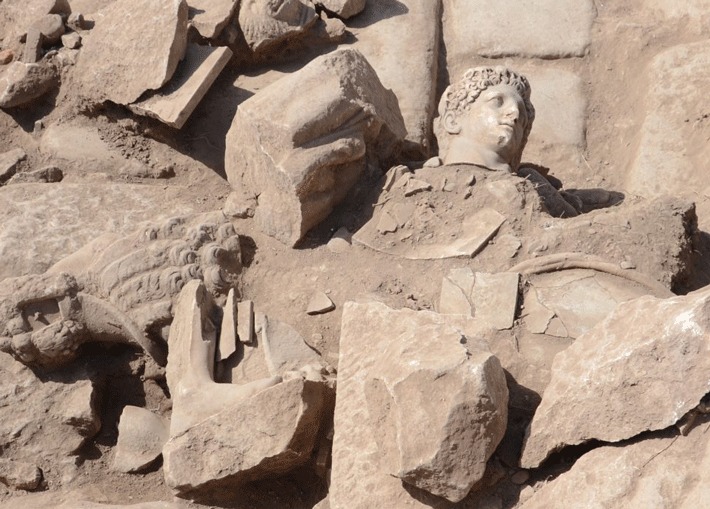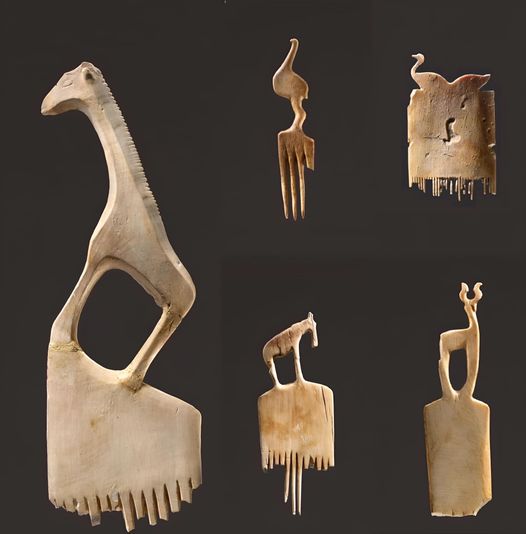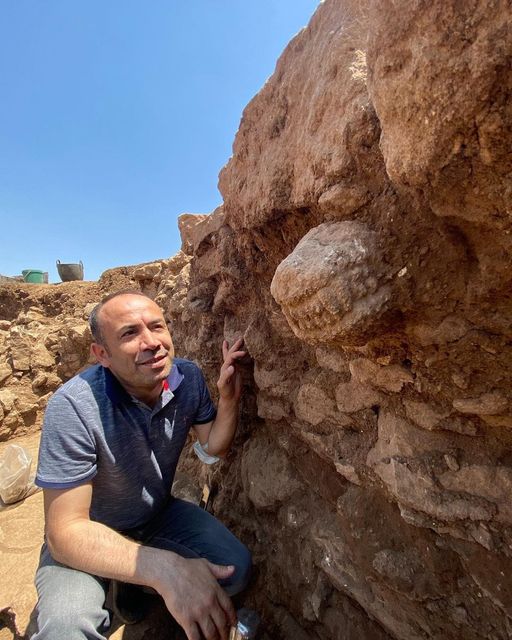Perched dramatically on the rugged cliffs of North Cornwall, England, Tintagel Castle stands as a timeless symbol of medieval history and legend. This iconic 13th-century castle, steeped in myth and mystery, captivates visitors with its breathtaking coastal views and rich heritage. Join us as we journey back in time to uncover the fascinating story of Tintagel Castle, from its origins as a strategic stronghold to its enduring legacy as a place of inspiration and intrigue.

A Strategic Stronghold: Tintagel Castle's history dates back to the 13th century when Richard, Earl of Cornwall, chose this dramatic site to build a stronghold. Perched atop the cliffs, the castle commanded a strategic position overlooking the Atlantic Ocean, offering unparalleled views and natural defenses. The castle played a vital role in defending the coast and controlling maritime trade routes during this tumultuous period of English history. Its imposing ruins and rugged surroundings evoke a sense of medieval grandeur, transporting visitors to a bygone era of knights and kings.

Legends of King Arthur: Beyond its historical significance, Tintagel Castle is steeped in Arthurian legend. According to medieval folklore, Tintagel is believed to be the birthplace of King Arthur, the legendary British monarch. The association with Arthurian mythology has added to the castle's allure, attracting countless visitors eager to explore the romanticized connection between history and legend. Whether or not Tintagel truly served as Arthur's birthplace, the castle's mystique continues to inspire artists, writers, and dreamers around the world.

Architectural Marvels: The ruins of Tintagel Castle reveal glimpses of its former architectural splendor. The castle was constructed using local slate and sandstone, blending seamlessly with the rugged landscape. Visitors can explore the remains of the Great Hall, courtyard, and other structures that once formed the heart of this medieval fortress. The architectural details and strategic layout of Tintagel Castle offer insights into the military tactics and lifestyle of the medieval nobility, providing a tangible link to England's feudal past.
Preservation and Tourism: Today, Tintagel Castle is managed by English Heritage, ensuring its preservation and accessibility to the public. Visitors can wander through the castle ruins, climb winding staircases, and soak in panoramic views of the coastline. Interpretive displays and guided tours bring the history of Tintagel to life, highlighting its significance in English history and literature. The castle's popularity as a tourist destination underscores its enduring appeal and cultural importance, drawing visitors from around the world to experience its enchanting blend of history and legend.
Conclusion: Tintagel Castle remains a captivating testament to the medieval heritage of North Cornwall and the enduring allure of Arthurian legend. As we explore its weathered ruins and panoramic vistas, we are transported back in time to an era of knights, castles, and ancient legends. The castle's rich history and dramatic setting continue to inspire curiosity and imagination, inviting us to delve deeper into the stories of the past. As we celebrate Tintagel's legacy, we honor the importance of preserving our cultural heritage and sharing it with future generations. Archaeology plays a crucial role in uncovering and interpreting the secrets of Tintagel Castle, enriching our understanding of the medieval world and its enduring impact on our collective imagination.






